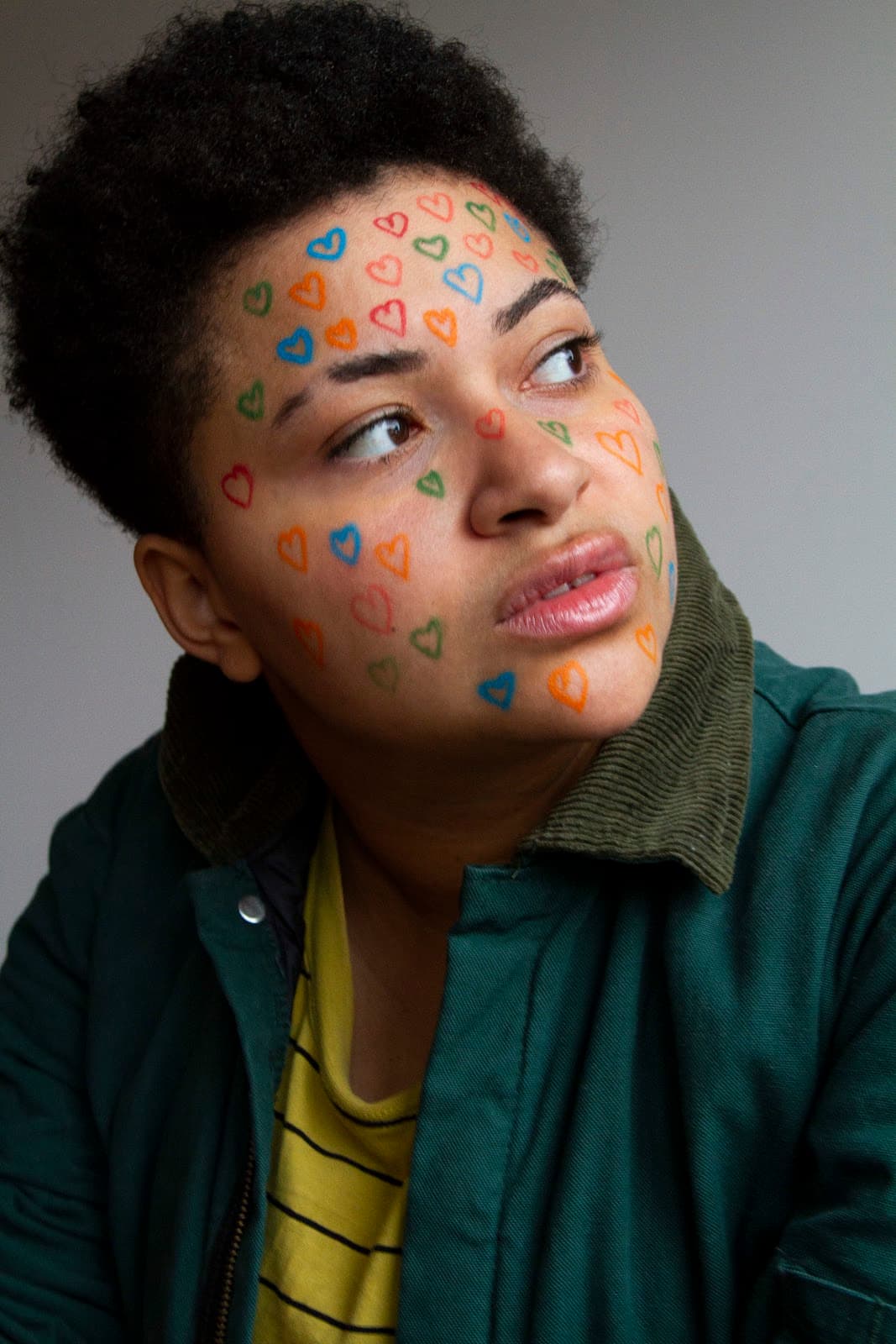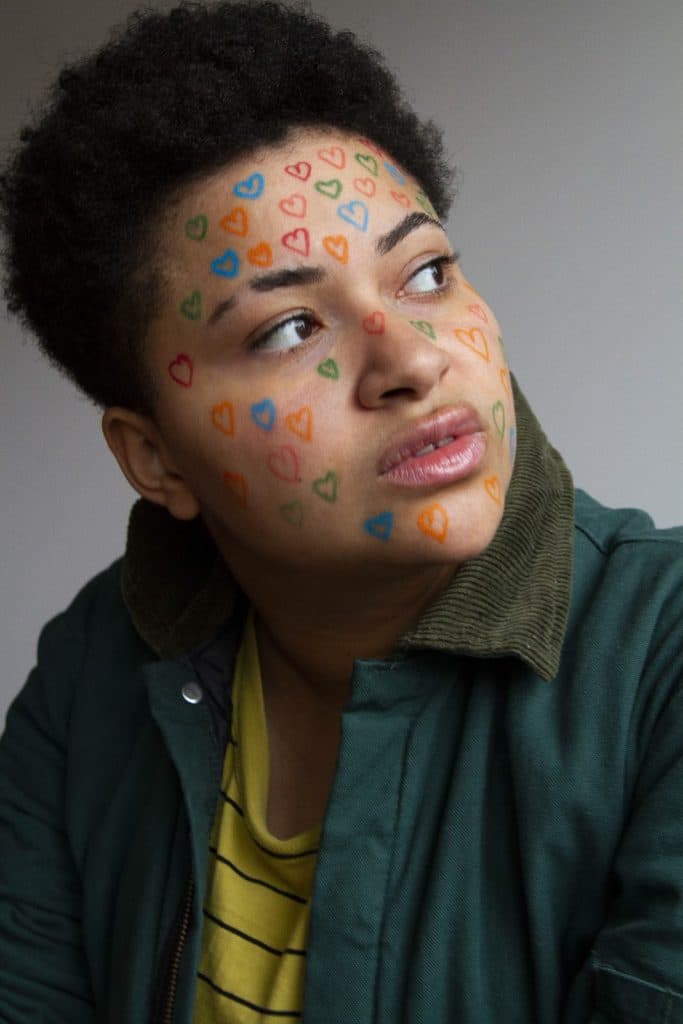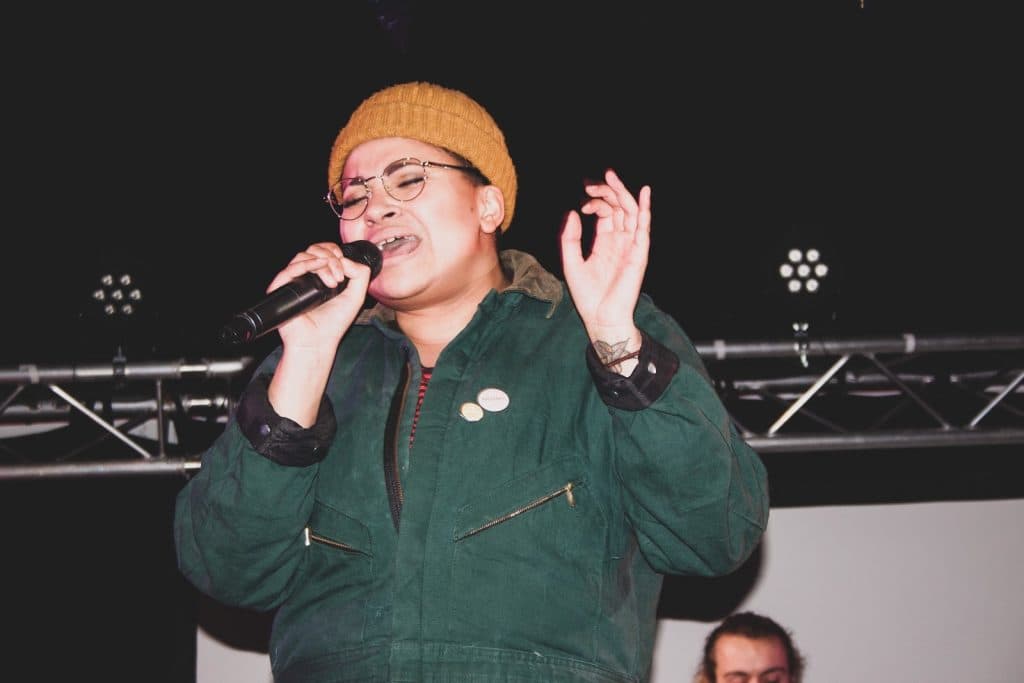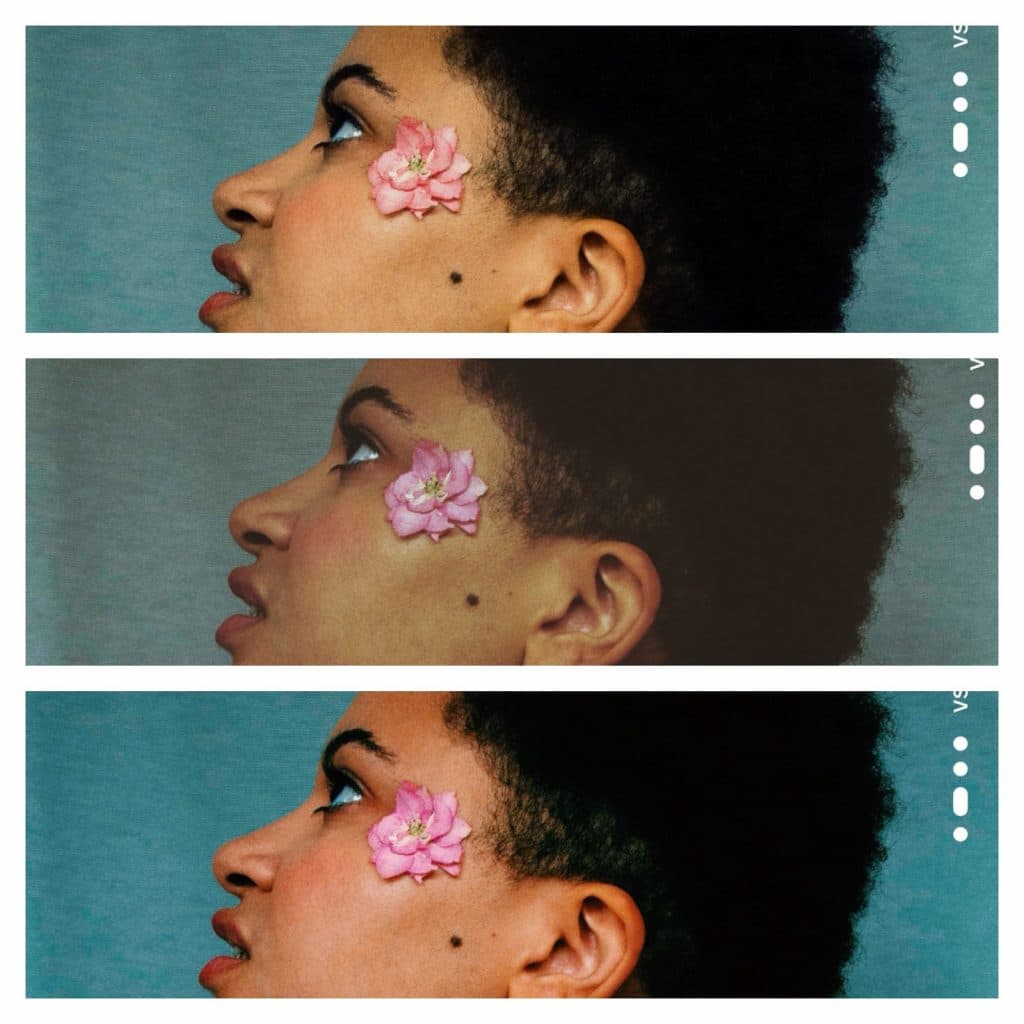
Introducing: Jolliff Seville
Jolliff Seville is readying an EP ‘Don’t Hurt Me’ and has just shared his latest track “Hectic Glow“. Tice Cin got in touch with him during London’s ‘rona lockdown to ask about his attitudes to music production, the harmful ways that mental illness can be glamorised, and the importance of safe spaces for queer performers.

Tice Cin: How do you approach production for your tracks? Guitar is always a big feature, and so too is the retro softness of the overall song.
Joliff Seville: For most of my career, I have produced with an incredible musician – Gabriel Swarbrick – we started working with each other right away and we’ve always had amazing chemistry. Before I’ve even finished explaining my vision for a track, Gabriel has already shown it to me. I compose mostly on guitar to start with, but I draw influence from so many different places – 60s jazz vocals, shoegaze-y production mixed with queer pop vibes and whatever I’m listening to at the time. We’ve worked on so many different projects together where what we are listening to currently shapes what we do in the studio.
TC: Your Spotify bio says, “Your favourite black trans manic depressive”. You are open about mental health in your work, while also subverting people’s expectations through the use of humour or surprise. Do you have a politics around this?
JS: I’ve always been very open with my mental health history in my work, and in my life for that matter. I think political consciousness has started focusing on mental health more than ever – people are feeling more liberated to speak freely about their experience of poor mental health – but ablest assumptions are still deeply prevalent. For me, it’s important to be emotionally honest in my work, at the same time as not fetishising or glamourising my illness. I see this a lot in some of my heroes when it comes to creating honestly as a person with chronic mental health issues: Brian Wilson, Ray Davies, Alanis Morissette, Nick Cave, Lana Del Rey, Ian Curtis. I didn’t want to make my illness look romantic, but also wanted to be honest to my experiences. You need to just try and be honest. Disability activism is a huge part of who I am, so it’s also a huge part of what I make.
Jolliff Seville singing while cooking during a video with poets Mandisa Apena and Annie Hayter
TC: You recently fronted for COMANAVAGO at an event hosted by south-east London collective ‘bury your gays’. How do you find the confidence to perform, and how do you build trust with organisations? I’m thinking of how orgs like Cocoa Butter Club foster lineups that return, from Beau Jangles to XANA.
JS: In truth, I’ve been performing for a really long time. I started writing committedly when I was 15 and since then I’ve always been able to perform. It’s much easier for me if I’m with a band though; the outfit I was in a couple of years ago, The Incas, really gave me the confidence to be able to perform in the way that I do today. In terms of performing for different organisations or collectives, I mostly perform in queer spaces and spaces that centre qtipoc experiences. It’s where I feel most comfortable.

Jolliff Seville performing as a support for COMANAVAGO
TC: I love the bluesy vibrato in your voice. Your track “Hectic Glow” really emphasises this. Who are your singing icons?
JS: Oh wow, so many. The first album I ever bought was Amy Winehouse’s Frank and it absolutely changed my life. From hearing her, I became obsessed with noughties neo-soul and then I started studying the jazz classics: Ella Fitzgerald, Etta James, Nina Simone. That’s always been the foundation of how I saw my voice, but I was trained classically for eight years. But then my inspiration for songwriters speaks to a different sound, lyricists I adore from Tom Waits to Kanye to Mitski (who also influenced my voice over time). I listen to a lot of disparate music, and it fortunately all comes together in a way that makes sense to me.
TC: When I was looking up your work I see that you’ve even worked on plays as a musical director. Do you enjoy working collaboratively?
JS: Yes! I love the people I collaborate with and it is a very important part of my process. Working with Shurk, COMANAVAGO, and Pink Noise for the last few years has shaped what I am making now hugely. I couldn’t have asked for better producers and collaborators. But most of my writing process is on my own. I learnt how to write just by myself. I got my first guitar when I was 15 and promised to write a song everyday for a year until I thought they were good, so much of me developing my process happened on my own.
TC: You switch between languages in your music. What are your thoughts around this?
JS: I know this sounds weird, but I am obsessed with the wave of bilingual Europop in the late naughties/early 2010’s. It was probably the first time I was introduced to sounds that were more globalised, and started my early reggaeton obsession. I loved how many different cultures engaged with that wave, and like experimenting with that idea in my own sound (though my French isn’t fabulous in “Hectic Glow”, I love toying with it anyway).
TC: You love poetry – do you treat songwriting differently to writing poetry?
TC: Honestly, it was songwriting that came first, and poetry came after. But I always saw my primary skill as a lyricist. And I do think I probably have the same approach, or at least a very similar process. I feel as well that the line between what constitutes a songwriter as opposed to a poet and vice versa has always been very fluid to me. There are many songwriters I see as poets, poets that write with such melody or rhythms that they become songwriters. I think that the skills can be translatable.
Follow Jolliff on Instagram and Twitter.

Author
Tice Cin is a writer and maker of spacey beats, currently working on digital art at Barbican as part of Design Yourself collective. She shares news of her work on Instagram and Twitter
Back to home.